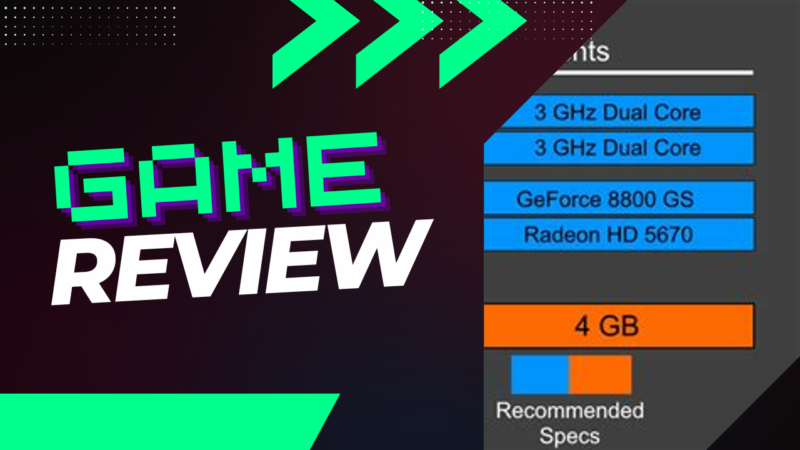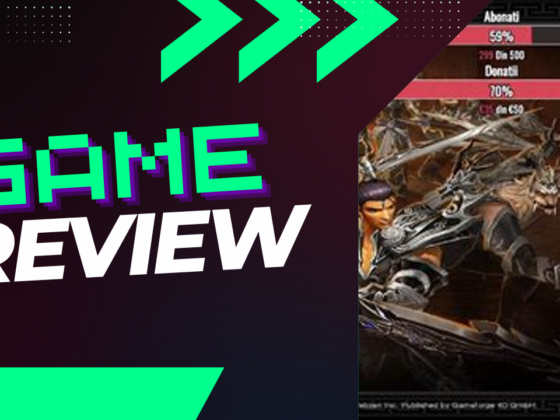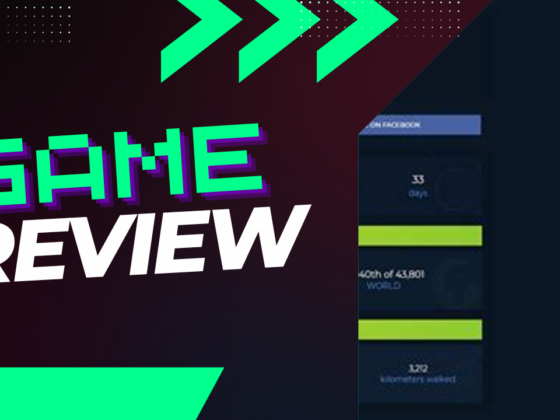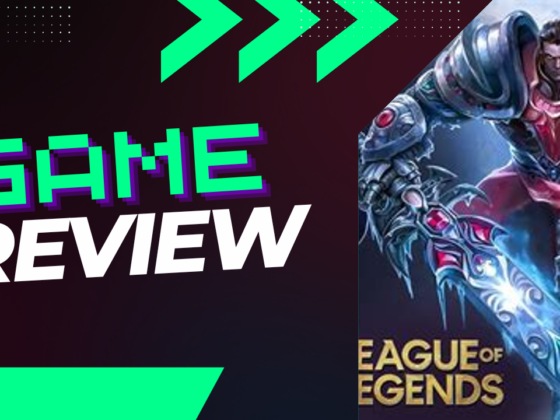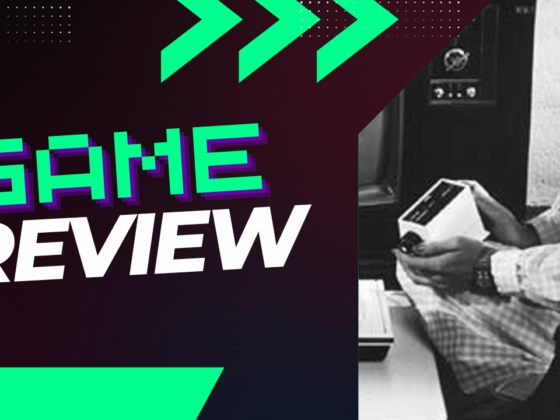Is your computer ready to dive into the vibrant world of League of Legends, or could it use a serious upgrade? While many gamers can enjoy this beloved title on basic systems, the choice between clunky framerates and butter-smooth gameplay can feel like deciding between instant ramen and a five-course meal. As we explore whether League of Legends demands a high-end computer, we’ll unlock the secrets behind its requirements, discover how to optimize your gaming experience, and share tips on overcoming performance hurdles. Grab your mouse and get comfortable; we’re about to embark on a tech-savvy quest!
Does League of Legends require a high-end computer to play?
League of Legends is widely recognized for its accessibility, as it can run on a range of computer setups. The game’s minimum requirements are quite modest, necessitating at least an Intel Core i3-530 CPU, an AMD Radeon HD 6570 graphics card, and 2GB of RAM. This means many older or budget-friendly systems can easily handle it, making it perfect for casual gamers.
However, if you’re looking to have a truly immersive experience, especially with higher settings and smoother gameplay, it’s advisable to consider a better setup. For optimal performance, aiming for an Intel Core i5-3330 CPU, 4GB of RAM, and a more capable graphics card like the NVIDIA GeForce GTX 560 is recommended. This configuration not only enhances visual quality but also improves frame rates, which is crucial in a fast-paced game like League of Legends.
To illustrate, players with higher-end systems often report experiencing less lag and more fluid movement, allowing them to react quickly in competitive situations. Additionally, having a good computer can improve other aspects such as loading times and in-game textures, further enriching your overall gaming experience.
In summary, while League of Legends can be played on modest hardware, investing in a good computer can significantly elevate your performance and enjoyment of the game.
What are the minimum system requirements for League of Legends?
To successfully run League of Legends, your computer must satisfy specific minimum system requirements. These include an Intel Core i3-530 processor, at least 2GB of RAM, an AMD Radeon HD 6570 graphics card, and a minimum of 16GB of available storage space.
The game is compatible with a variety of Windows operating systems, ranging from Windows XP SP3 to Windows 10. It’s important to note that, while these are the bare minimum requirements, having a more powerful setup will significantly enhance your gaming experience by providing smoother gameplay and better graphics.
For background information, the Intel Core i3-530 is a dual-core processor that was released over a decade ago, so if you’re using this, consider an upgrade for improved performance. In addition, 2GB of RAM may limit your ability to multitask while playing, as many background processes can consume significant memory.
Key points to keep in mind include:
- Ensure your graphics card drivers are up to date for optimal performance.
- Having a solid-state drive (SSD) instead of a traditional hard drive can reduce load times and improve overall game responsiveness.
While League of Legends can technically run on older systems, players may experience lag or reduced visual quality. A more robust system would typically include a quad-core processor, 8GB of RAM, and an upgraded graphics card, which would put you in a good position to run the game at higher settings.
In summary, meeting these minimum requirements will allow you to play League of Legends, but for an enjoyable experience, consider investing in better hardware.
What recommended specs should I aim for to optimize my gameplay?
To achieve an optimized gameplay experience in League of Legends, it’s essential to aim for the recommended specifications. Target an Intel Core i5-3330 CPU, 4GB of RAM, and a NVIDIA GeForce GTX 560 graphics card.
These specifications will allow you to enjoy higher graphics settings and smoother frame rates, enhancing your overall gaming experience. Additionally, installing the game on a Solid State Drive (SSD) can dramatically reduce load times, making it faster to jump into the action. This is particularly valuable during intense competitive matches where every second counts.
To further improve your experience, consider the following tips:
- Check for Updates: Keep your GPU drivers updated to ensure optimal performance and compatibility with the latest game updates.
- Optimize Settings: Adjust in-game settings such as shadow quality and texture detail based on your hardware capabilities for a balanced performance.
- Monitor Temperatures: Ensure your system doesn’t overheat during long gaming sessions; consider additional cooling if necessary.
- Network Connection: Use a wired connection instead of Wi-Fi for a more stable online experience, reducing lag during gameplay.
Incorporating these elements not only enhances your gaming experience but also minimizes technical issues, allowing you to fully immerse yourself in the game.
Is an SSD necessary for playing League of Legends?
While it’s not absolutely necessary to have a Solid State Drive (SSD) to play League of Legends, utilizing one can greatly enhance your gaming experience.
Installing the game on an SSD can dramatically reduce load times, which means you’ll spend less time staring at loading screens and more time jumping into matches. This rapid data access translates to smoother gameplay, especially in a game like League of Legends, where quick starts and real-time data processing are crucial. Imagine loading into a game and getting your champion picked faster than your opponents – that could give you a competitive edge right from the start!
Moreover, having an SSD can also improve your system’s overall performance. Games installed on SSDs tend to have fewer stutters compared to traditional Hard Disk Drives (HDDs), as the solid-state technology can handle data more efficiently. Given that League of Legends frequently updates and requires background data fetching, an SSD can help in seamlessly managing these tasks as well.
In short, while you can play League of Legends on an HDD, investing in an SSD is a wise choice for those who desire quicker load times and an uninterrupted gameplay experience. It could be a game-changer for both casual and competitive players alike.
What performance issues might arise if my computer does not meet the specs?
If your computer does not meet the recommended specifications for League of Legends, you could encounter several performance-related issues. These may include lower frame rates, which can make the game appear choppy or stuttery, extended loading times that can delay your entry into matches, and lag during gameplay, particularly in high-stakes moments involving multiple players and abilities.
Experiencing these issues can significantly detract from your overall gaming experience. For instance, lower frame rates can make it challenging to track moving opponents, while lag might cause you to miss critical timing on abilities or positioning, ultimately affecting your performance in matches. It’s not just about enjoying the game; if your system falls short, competing effectively can become a real struggle.
To avoid these pitfalls, it’s crucial to ensure your computer meets or exceeds the game’s recommended system requirements. This consideration allows you to fully enjoy the immersive environment and fast-paced action of League of Legends, thus enhancing your competitiveness and overall enjoyment. For those on the edge of meeting the specs, consider upgrading key components like the graphics card or increasing RAM to improve performance. Staying ahead of specs not only helps with system performance but also contributes to a smoother, more engaging gaming experience.
Can I still play League of Legends with outdated hardware?
Can I still play League of Legends with outdated hardware?
Yes, you can still play League of Legends even if your hardware is outdated, as the game is designed with relatively low system requirements that accommodate a wide range of devices.
However, you may need to adjust your settings to ensure smooth gameplay. This typically means playing on lower graphics settings, which can significantly reduce the strain on your hardware. While you’re enjoying the game, be mindful that performance issues such as frame drops and lag could arise, particularly during intense moments like team fights or in crowded scenes, where the visual load increases.
It’s important to consider that while you can still engage with the game, upgrading to a more capable machine will greatly enhance your overall experience. A better computer not only allows you to run the game at higher settings, providing an enriched visual experience, but it also improves overall responsiveness and reduces frustrations linked to performance hiccups. With improved hardware, you can fully immerse yourself in League of Legends’ engaging graphics and intricate mechanics, making for a more enjoyable gaming experience.
What should I do if I experience low FPS during gameplay?
If you find yourself dealing with low frames per second (FPS) while playing League of Legends, there are a number of effective strategies you can employ to enhance your gaming performance.
First and foremost, it’s crucial to check and update your graphics drivers. Outdated drivers can significantly impact performance, so visiting the website of your graphics card manufacturer for the latest updates is a solid first step.
Next, consider adjusting your in-game graphics settings. Lowering settings like shadows, anti-aliasing, and visual effects can dramatically increase FPS. Aim for a balance between visual quality and performance that suits your hardware capabilities.
Another useful tool at your disposal is the built-in repair function in the League of Legends launcher. This feature can resolve issues related to file corruption, which may be negatively affecting your game’s performance. Simply open the launcher, navigate to the settings, and initiate the repair process.
If you’ve gone through these steps and are still experiencing low FPS, it might be time to consider an upgrade to your hardware components. Assess whether your CPU, RAM, or graphics card meets the game’s requirements, and explore options that may provide better performance.
Additionally, to ensure a smooth gaming experience, keep these best practices in mind:
- Close Background Applications: Exit any unnecessary applications running in the background that could consume valuable system resources.
- Monitor Temperature: Check the temperature of your hardware; overheating components can throttle performance. Cleaning out dust from your PC and ensuring proper ventilation can help.
- Adjust Display Settings: Sometimes, reducing your game’s resolution to match your monitor can enhance performance without sacrificing too much visual quality.
Lastly, be cautious of common pitfalls, such as relying too heavily on software optimizers or modifying game files, which may inadvertently lead to instability or further performance problems.
By following these comprehensive steps, you can significantly bolster your FPS and enjoy a more fluid and engaging gaming experience in League of Legends!

